Peripheral Edema
Review our guide on peripheral edema to learn about its symptoms, causes, and treatment, so you can manage your condition.
Read More
Jennifer Heit is a physical therapist with several years of experience in a variety of treatment settings with focus in home health care. She is a certified lymphedema therapist through Klose Training and is Lymphology Association of North America certified. She is a clinical specialist at Tactile Medical focused on bringing greater awareness and understanding of lymphedema to the medical community.
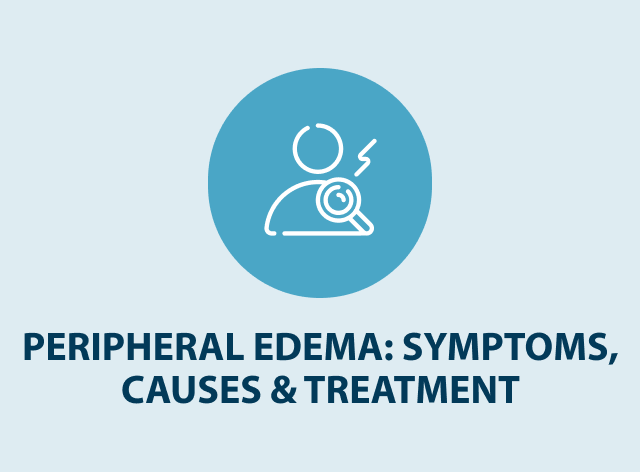
Review our guide on peripheral edema to learn about its symptoms, causes, and treatment, so you can manage your condition.
Read More
Living with lymphedema while trying to manage your weight can feel overwhelming, but understanding the connection between lymphedema and weight loss can help you develop effective strategies for both conditions.
Read More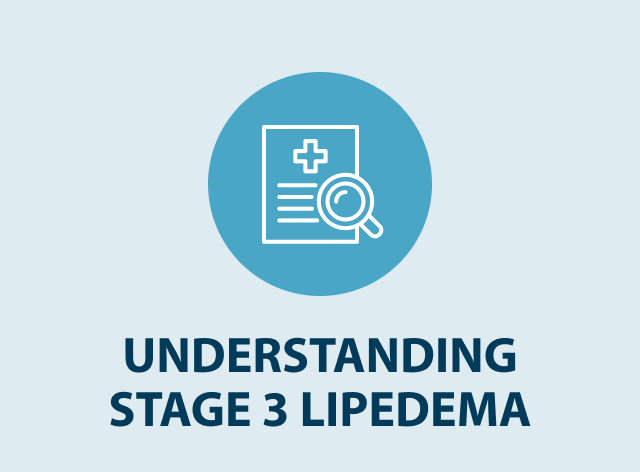
Stage 3 lipedema is a significant progression in this complex and often misunderstood loose connective tissue disorder. This most advanced lipedema stage brings substantial physical changes and challenges beyond those seen in earlier phases. The disproportionate fat deposits, distinctive skin alterations, and increased discomfort create a condition that’s frequently mistaken for obesity or lymphedema yet requires different treatment approaches to manage effectively. Keep reading to learn about stage 3 lipedema.
Read More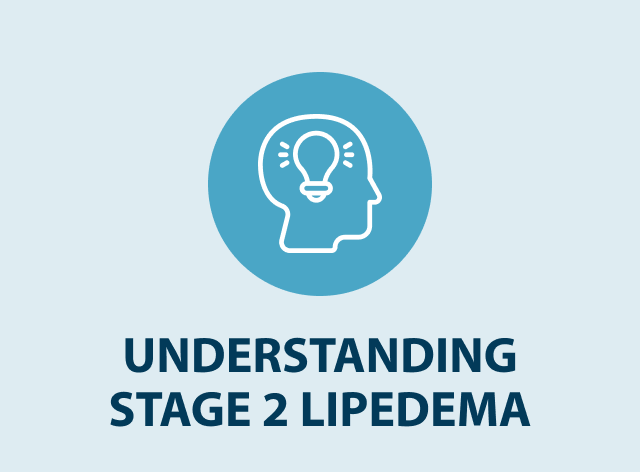
Living with lipedema can be challenging, especially as it progresses to stage 2. Lipedema is a loose connective tissue disorder that causes disproportionate fat accumulation, particularly in the lower body, and can impact quality of life with symptoms like pain and mobility issues. This article explores what stage 2 lipedema is, its symptoms, causes, diagnosis methods, and treatment options to help you better understand and manage this condition.
Read More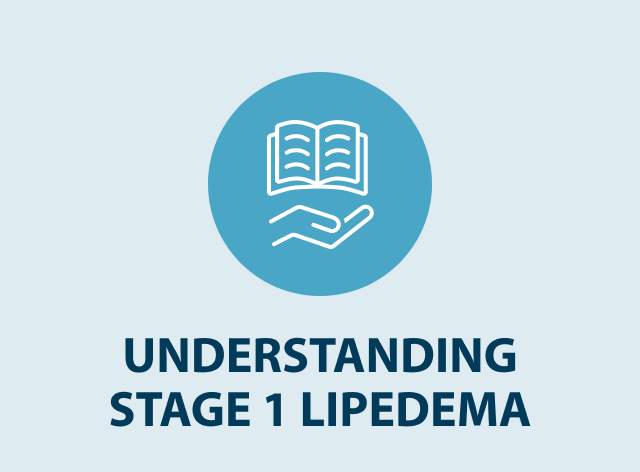
Lipedema is a chronic condition that affects millions of people, mostly women, worldwide1 yet remains widely misunderstood and underdiagnosed. When identified early as stage 1 lipedema, patients have the best opportunity to manage symptoms and slow progression. This article will explore what happens in the early stages of this condition, how to recognize the symptoms, and what treatment options are available to help those living with lipedema maintain their quality of life.
Read More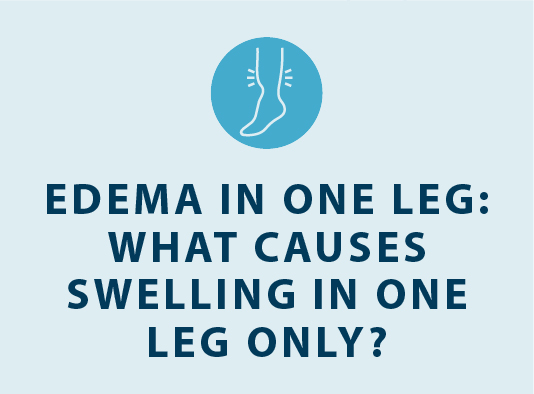
Edema can affect any part of the body, but in some cases, it may only present itself in one leg. Edema in one leg is typically caused by a localized injury or lymphatic malformation that leads to swelling. Swelling in one leg can cause discomfort and affect your daily life, but getting a diagnosis and treatment plan can help you get relief.
Read More
Several medical conditions and disorders can cause lymphedema, and symptoms can start at any age. Different types of lymphedema may present different symptoms, so getting a proper diagnosis is a vital part of managing lymphedema.
Read More
Lipedema is a disease that occurs when there’s a buildup of fat beneath the skin, which causes an enlargement of certain parts of the body as well as pain. While lipedema is relatively rare, it’s important to know the signs and symptoms. Here’s what you need to know about lipedema, its causes, symptoms, and more.
Read More
Our skin is the largest and one of the most important organs in our body. With that said, there are several medical conditions that can affect our skin and change its appearance. Two common skin conditions are lipedema and cellulite, which can make the skin look bumpy, uneven, and swollen. While these two conditions may appear similar on the surface, they’re completely different from one another. For example, lipedema can cause symptoms like pain and decreased mobility, while cellulite is purely cosmetic and poses no health concerns.
Read More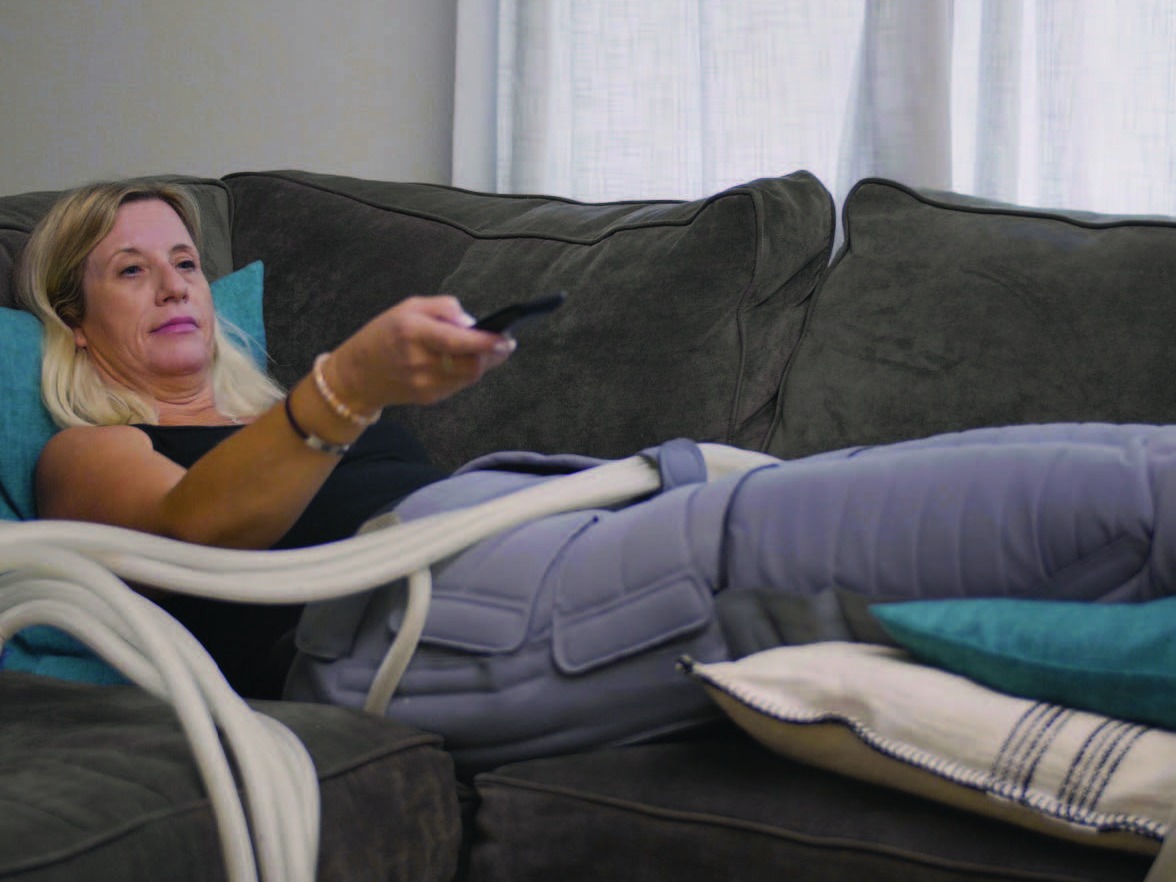
Trying common remedies for swelling is a great place to start. However, sometimes those basic treatments aren’t quite enough to relieve the swelling. If that’s true of your situation, it may be time to seek medical attention to find answers and relief.
Read More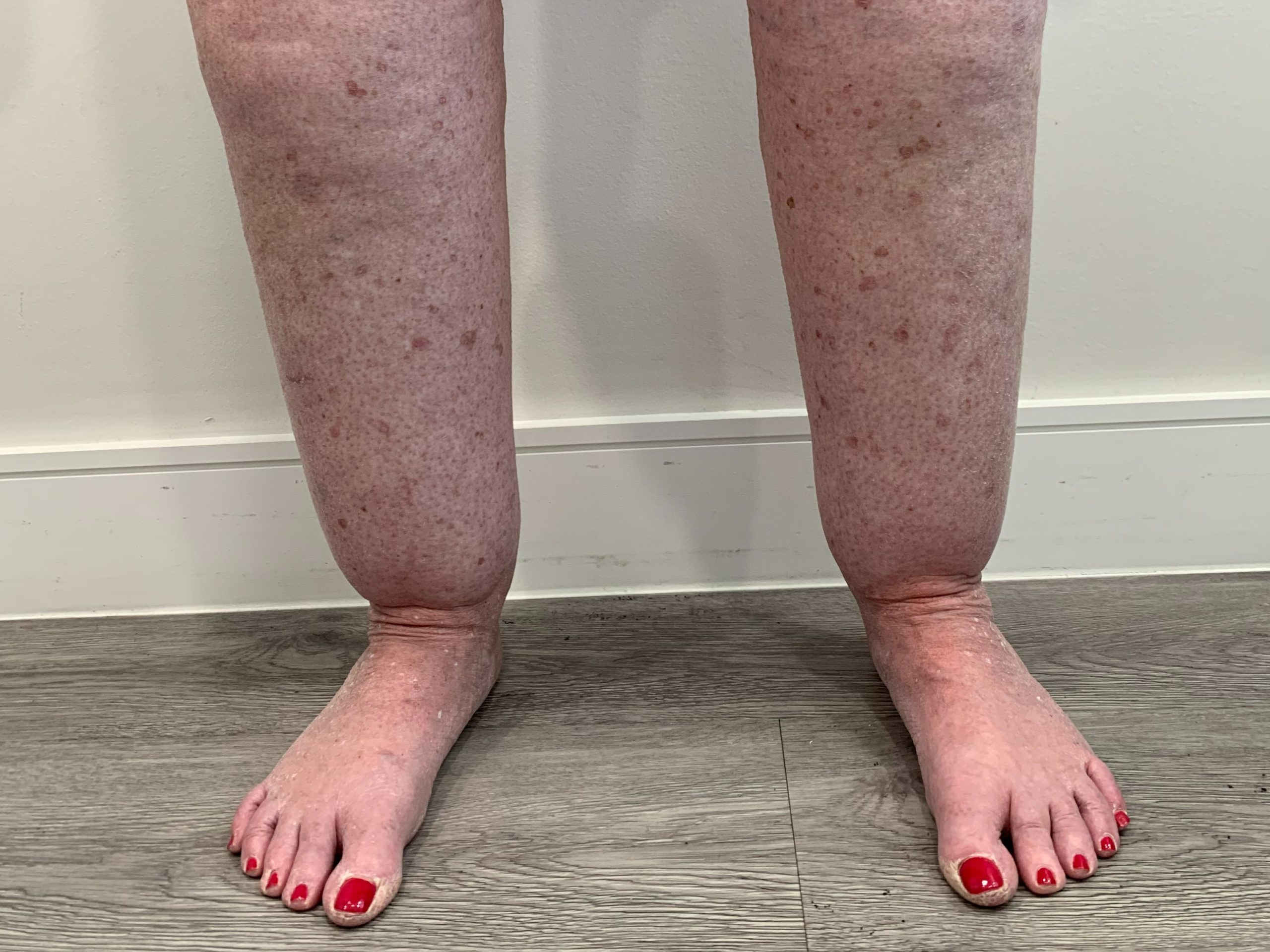
Lipedema is a chronic, progressive condition. That means it cannot be cured, and often gets worse over time. However, when identified early and treated consistently with in-office and at-home treatments, lipedema symptoms can be managed effectively.
Read More
Learn how to do lymphedema exercises for your arms, legs, head, and neck in this guide.
Read More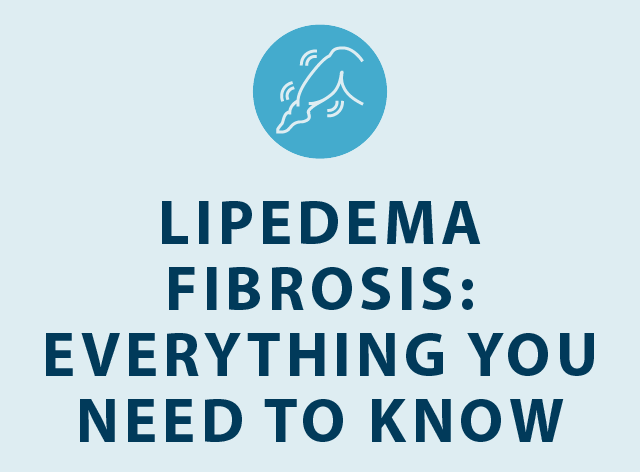
Lipedema can make daily life difficult by causing pain and affecting mobility. In some cases, lipedema fibrosis can develop as a complication of lipedema, which is a particular type of scarring where connective tissue replaces normal tissue. When this occurs, you may be able to feel lipedema nodules in your legs or other affected parts of the body.
Read More
Mild lipedema refers to the initial stages of lipedema. Those with mild lipedema should consider seeking treatment to prevent symptoms from progressing.
Read MoreThis site uses cookies.